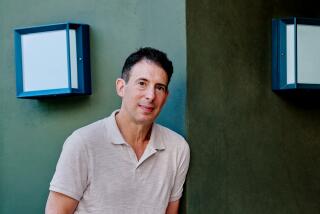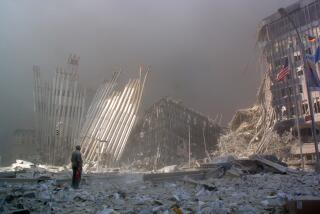New Yorkers survived the coronavirus. But will they stay for what comes next?
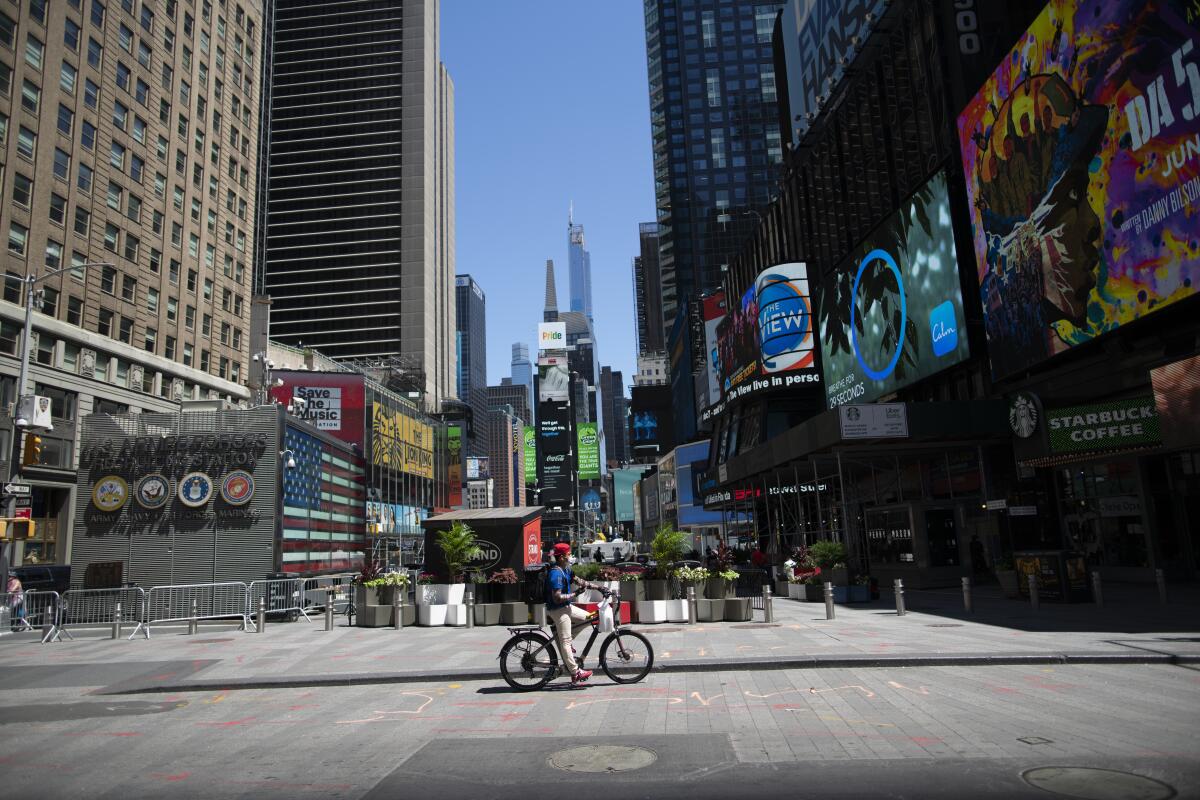
NEW YORK — Brett Tiede stood by himself Wednesday morning in the cavernous main hall of Grand Central Station, tossing his hat into the air with one hand and catching it with the other.
As an usher for the Metro North commuter rail line, he is used to being jostled, yelled at and badgered for directions by many of the roughly 750,000 transit riders who rush through the station on a normal day.
But the coronavirus outbreak had turned Grand Central into a ghost town, its famed celestial ceiling looming over just a handful of masked riders and two National Guard troops stationed in front of a shuttered ticket booth.
New York City was missing its people — and Tiede wasn’t sure whether they would all come back.
Life here has always been a grind, a trade-off in which space and privacy are sacrificed for endless cultural offerings, food from all over the map and the feeling that you’re in the center of it all — in the bright, beating heart of the universe.
But as New York began the first phase of its reopening this week and residents cautiously began to emerge from lockdown, they found a changed city.
Key drivers of the economy — Broadway, museums and many hotels, shops and restaurants — remain closed.
Subways and buses are still largely empty, bereft of office workers, students and tourists. In neighborhoods where Black Lives Matter protests have been occurring daily, stores remain boarded up to protect from break-ins.
Many of the city’s wealthiest residents left long ago for their country homes. Now the less fortunate are contemplating whether there is still a place for them here.
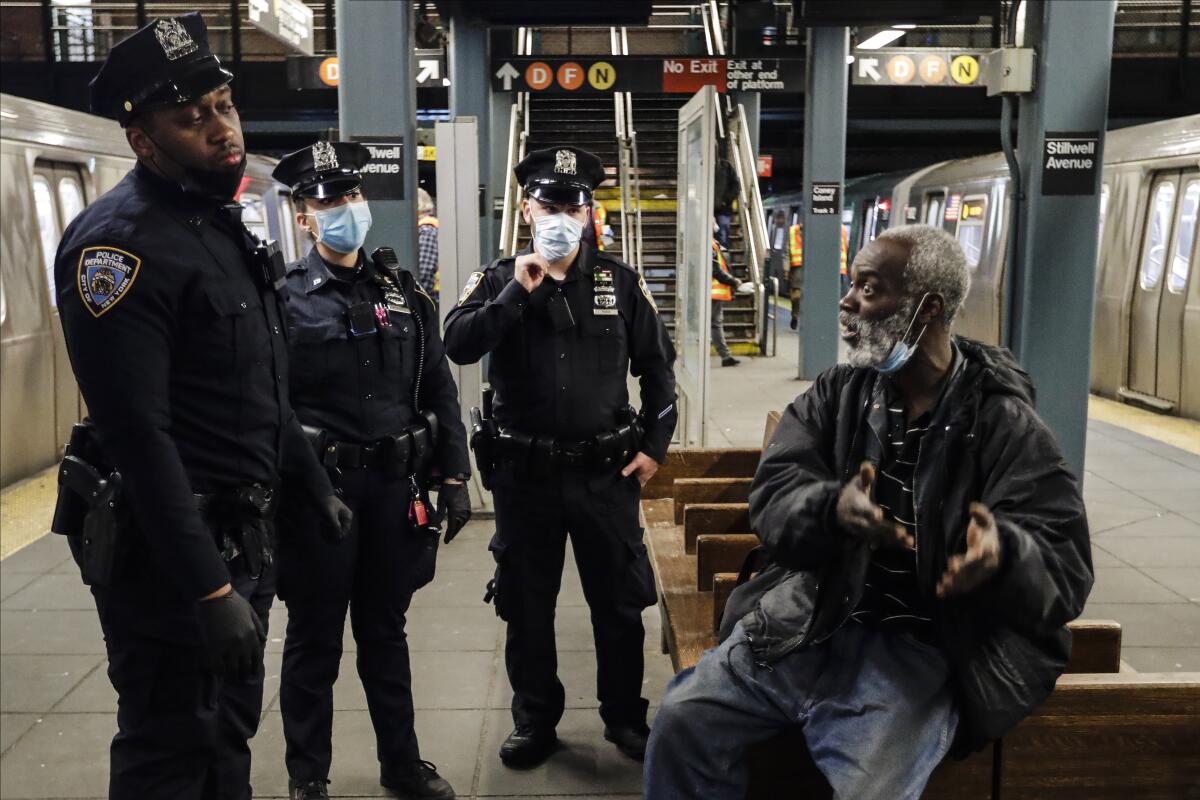
The virus has already killed more than 17,000 New Yorkers, and Tiede wonders what will happen if it surges again.
He wonders whether some jobs may be lost forever, and whether it makes sense to pay New York City rent when he can’t access New York City perks.
“You’re telling me I can’t go to a bar, a show or a ball game? Come on, man,” said Tiede, whose railroad used to ferry 300,000 people in from the suburbs each day, but this week had a daily ridership of just 20,000.
Tiede has lived in the city eight years, and had planned to stay at least two more in order to be vested for a pension before returning to his native Buffalo. But the coronavirus, which killed people he knew, convinced him to call it quits sooner. He plans to move home in July.
New York hasn’t changed entirely. It’s still a magical meeting point for people from every part of the planet.
Go to one of thousands of bodegas and you might still hear an old woman who was born in Russia barking orders — “More butter”! — to a young man behind the counter who was born in Mexico while a customer born in Vietnam orders his bagel sandwich in Spanglish: “El bacon crispy por favor.”
You’ll still hear people talking loudly on the phone, oblivious to those around them: “I wore the mask, right? But this guy was sneezing. A lot. Now what could that mean?”
But there is fear, too.
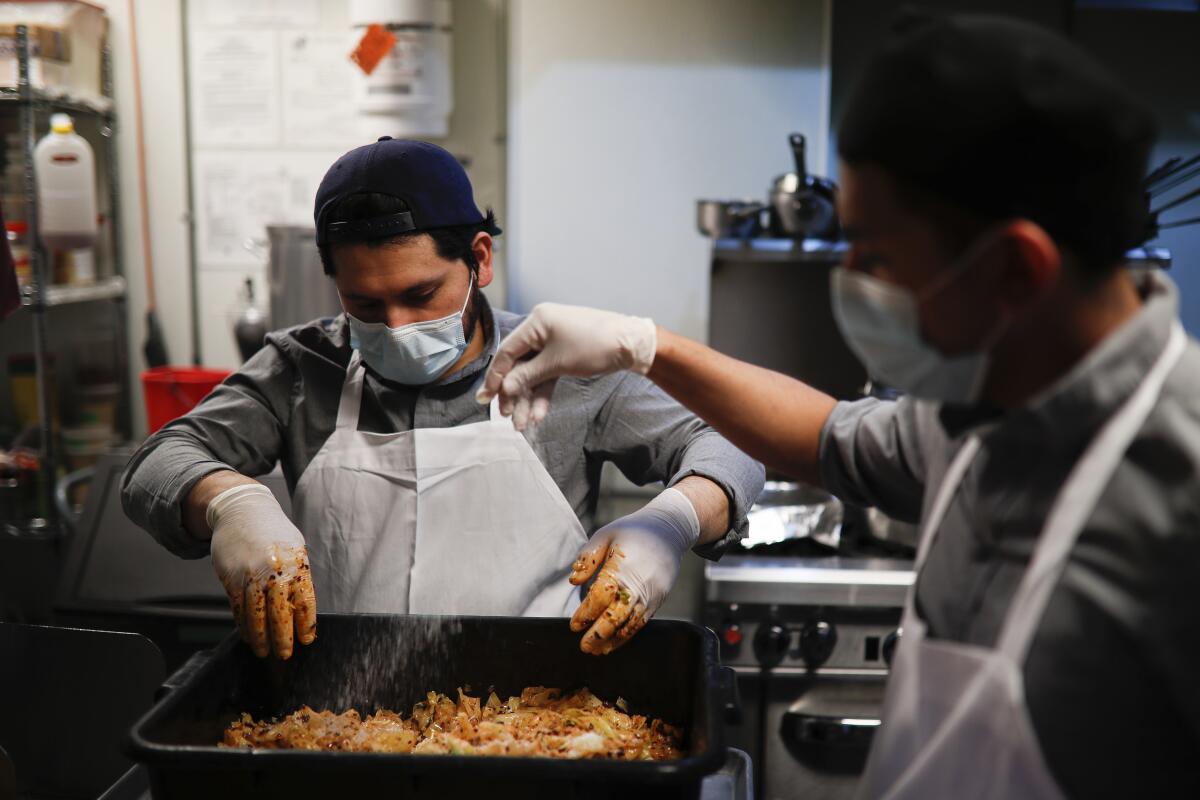
A statewide moratorium on evictions has been in place since March, but renters will be expected to pay back-rent once it expires Aug. 20.
Soup kitchens say they are now feeding not just homeless people but also graduate students and down-on-their-luck actors.
Lenci Licona, a 40-year-old construction worker from Honduras, said a prayer Monday morning when he stepped aboard a Manhattan-bound train. Construction and manufacturing were officially reopened, and Licona, who spent three months holed up in his cramped Bronx apartment watching bills pile up and his bank balance dwindle, was thankful to be back on the job.
But the subway, thought to have been a major vector for the virus, scared him.
“People are so stressed out,” he said. “That’s the truth, we’re all afraid.”
In Times Square, street vendors who used to hawk knickknacks to tourists now sell Black Lives Matter T-shirts and face masks. Corporate advertising has shifted to messaging about the coronavirus and national race relations.
A towering digital billboard flashes a message from Samsung: “We’ll get through this together.”
But some here wonder: Will we?
New York has bounced back from harrowing events before. Less than 20 years ago it was the main target in the worst-ever foreign attack on American soil.
But 9/11 and the destruction of the twin towers of the World Trade Center were a single event that served to unify much of the city.
The coronavirus is different. It demands people keep their distance from one another. And it has helped fuel a passionate civil rights movement that has in some ways divided the city.
Protests here over the the death of George Floyd, an unarmed Black man, in police custody in Minneapolis have left some New Yorkers feeling conflicted.
Lily Ng, 36, who runs a vegan grocery store on the edge of Chinatown, said she has many Black customers and is sympathetic to protesters’ demands — but she also has police officers in her family and feels uncomfortable with calls to defund the NYPD.
So she tries to avoid the topic entirely.
The demonstrations taking place here, like similar actions across the nation, are raw and often painful.
At a recent event in Lower Manhattan, family members of more than a dozen victims of police shootings shared their stories, their voices bouncing off the limestone walls of City Hall. Hundreds of protesters stood listening in the 87-degree heat for two hours before beginning to march.
As they turned north on Broadway passing boarded up Lululemon and Prada stores, many drivers who were forced to stop honked their horns and raised their fists in support. One woman turned off her car and climbed up through her sunroof to raise a Black Lives Matter sign.
Yannik Stevens, 27, was overwhelmed.
A florist from the Caribbean island of St. Kitts who moved to New York three years ago, he said he never knew how long he would last in the city in part because the national political climate made him, a queer Black man, feel unwelcome.
But the protests, which at times had a hopeful, even festival-like quality, had given him hope. Every out-of-work young person he knew had become a full-time organizer for change.
“Maybe there is a future here for people like me,” he said.
Life is less changed in the city’s four outer boroughs, where residents linger on their stoops late into the night, playing dice and drinking beer as the summer’s first fireflies light up the sky.
But the island of Manhattan, which has always been a commuter mecca, is quieter than it ever has been.
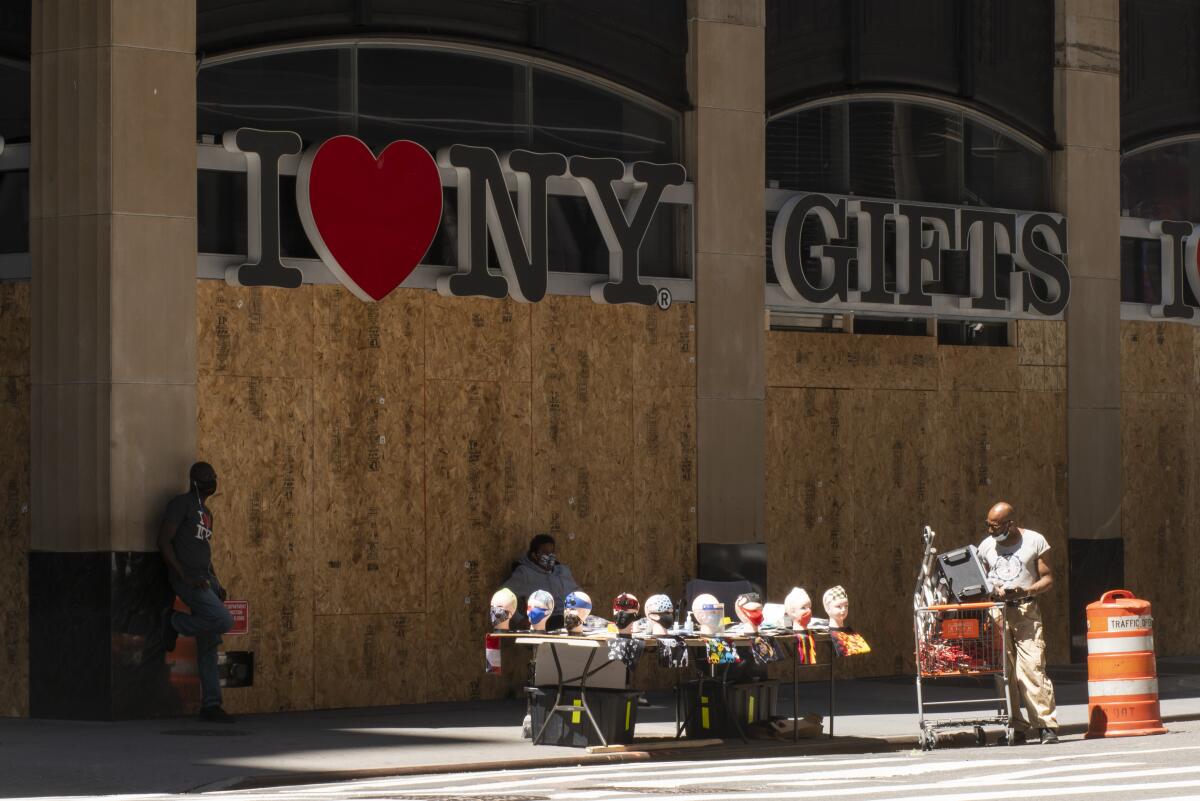
“I never thought I’d miss tourists but I do,” said Michael Brogan, 68, a former Broadway performer who lives in the Hell’s Kitchen neighborhood, a normally bustling zone.
During lockdown, loneliness set in.
“I would start drinking at 3 or 4 p.m. and then watch or stream things until 3 or 4 in the morning,” he said. “And then I’d repeat.”
For one of the first times since the pandemic took hold here, he got on the subway on a recent afternoon, taking the E train to Washington Square. The subway was cleaner than he had ever seen it in his 50 years living in New York, thanks to overnight disinfections the city has implemented to fight the virus.
He strolled to one of the city’s oldest gay bars, Julius’, which has been serving drinks to customers who order from the sidewalk.
“Make it extra strong!” he implored the bartender, Adan Garcia. He didn’t have to say what he wanted — Garcia knows his drink is a gin and soda.
In nearby Christopher Street Park, Brogan said hello to Simone McKay, a drag performer who has been giving impromptu performances there.
“We all feel like we’ve been in ‘The Twilight Zone,’ like a nuclear bomb had hit the city,” McKay said. “People miss their lives. They want their lives back.”
When Brogan moved on to talk to someone else, McKay turned back to her friend, Michael Strachan, and continued explaining why the lockdown had been so difficult.
“I mean I was trapped in an apartment with somebody I hate,” she said.
“That’s a hell of a time for you to realize you hate somebody!” Strachan exclaimed.
A third-generation New Yorker, Strachan, 62, has survived cancer and HIV. He was sick with COVID-19 and survived it too.
He said New York City will do the same.
“This city has survived the Civil War and the pandemic of 1918,” he said. “It’s survived stock market crashes, World War II, blackouts, several financial crises and 9/11.
“We’ve survived more than any city in the country,” he said. “And we’re still standing.”
More to Read
Sign up for Essential California
The most important California stories and recommendations in your inbox every morning.
You may occasionally receive promotional content from the Los Angeles Times.

